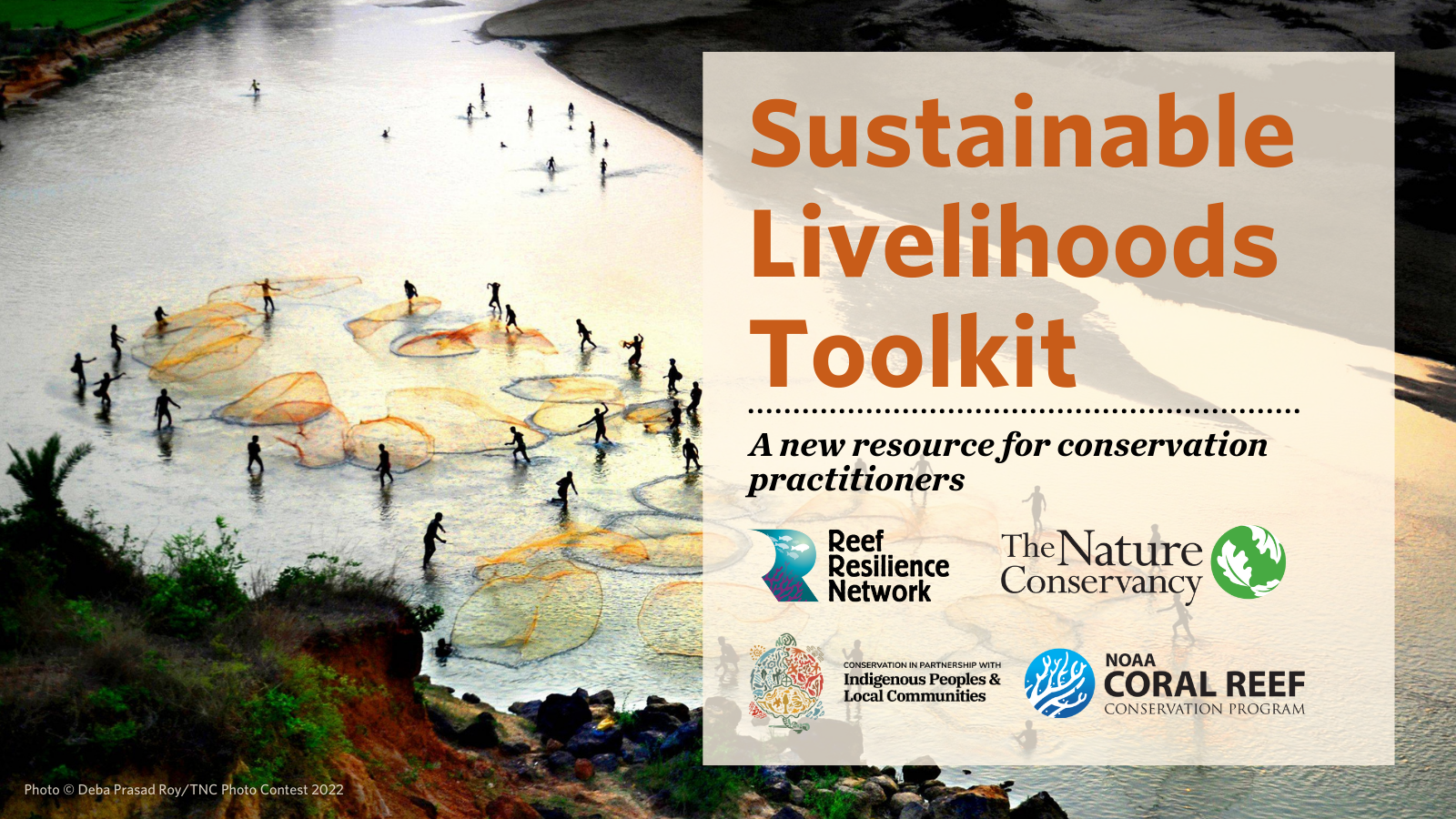
Large coral heads or ‘bommies’ pushed onto shore after Hurricane Debbie. Photo © Queensland Parks and Wildlife Service
Tropical storm frequency and intensity are increasing across the globe. As more efforts are being made to respond to and restore reefs after major storms, there are lessons to be learned from diverse regions about their activities. Two new two case studies on emergency and rapid response efforts after major storms that occurred in 2017 have been added to the Reef Resilience Toolkit. See descriptions and links below and learn more about restoration and rapid response in the Restoration Online Course.
How We Pushed 400 Tons of Coral into the Ocean after a Cyclone in Australia
A premier destination for snorkeling due to its giant coral formations (or ‘bommies’), Manta Ray Bay in the Whitsunday Islands, Australia was hit by the Category 4 Cyclone Debbie in 2017. The cyclone resulted in widespread damage, with storm energy strong enough to pulverize branching corals and push most of the coral bommies high into the intertidal zone and onto the beach. In response, the Queensland Parks and Wildlife Service and the Great Barrier Reef Marine Park Authority ventured into unchartered territory to physically move these giant coral bommies back into the water to provide structure for future coral larvae settlement, attract fish, and to improve site access and aesthetics. Learn about methods used in this project, lessons learned, and recommendations by viewing the full case study here.
Assessment of 2017 Hurricane Impacts to Coral Reefs in Puerto Rico
In September 2017, Hurricanes Irma and Maria devastated the islands of Puerto Rico and had significant effects on surrounding coral reefs. Surveys conducted after both hurricanes showed damage to large coral heads, and previously dense thickets of the reef-building and Endangered Species Act (ESA) listed elkhorn coral (Acropora palmata) had significant colony breakage. Together NOAA, the Puerto Rico Department of Natural Resources, and SeaVentures surveyed over 86,000 corals in 153 sites in Puerto Rico and reattached nearly 10,000 coral fragments or broken coral colonies at 69 sites between February and June 2018. Learn about methods used in this project, lessons learned, and recommendations by viewing the full case study here.


